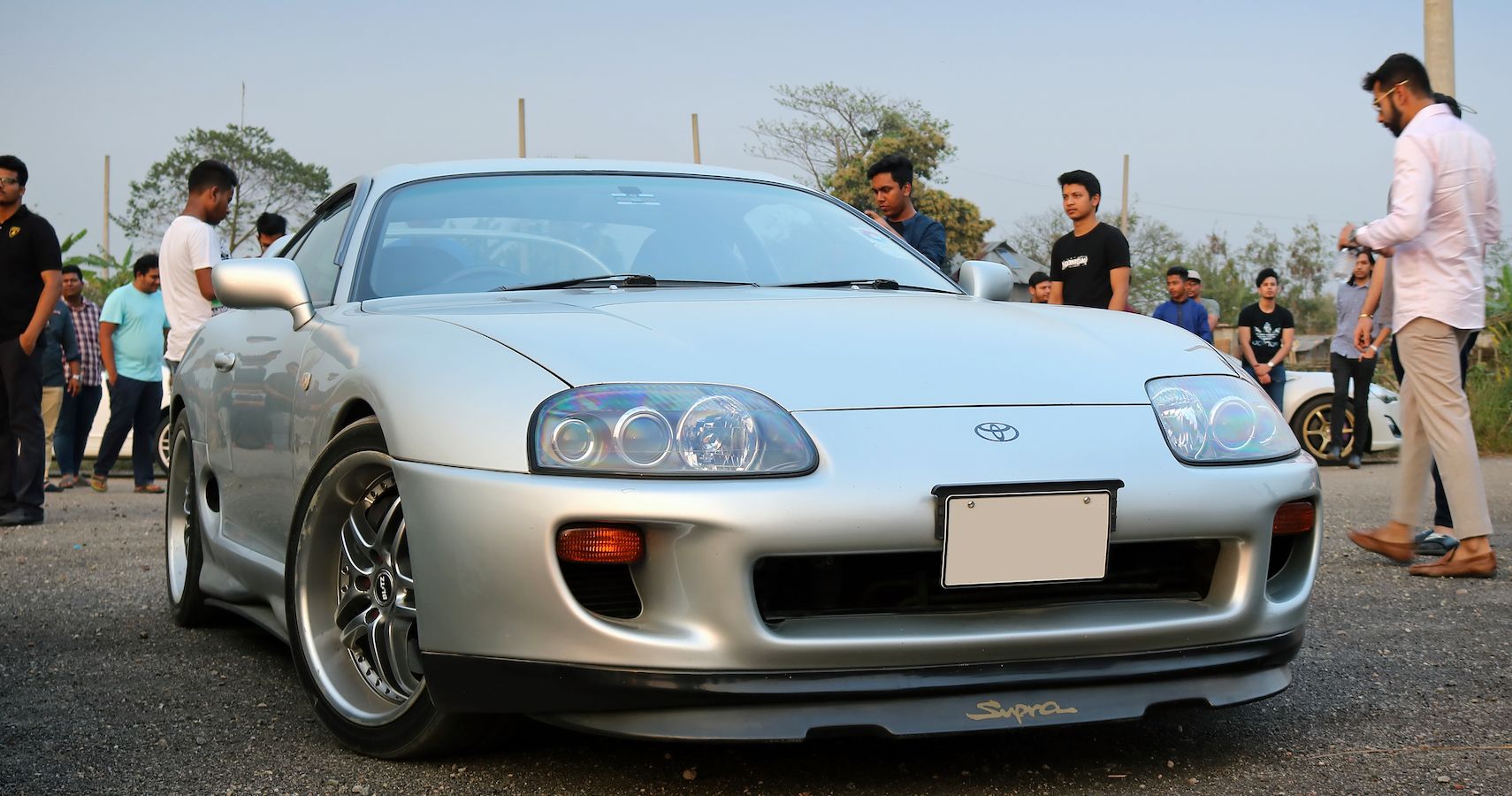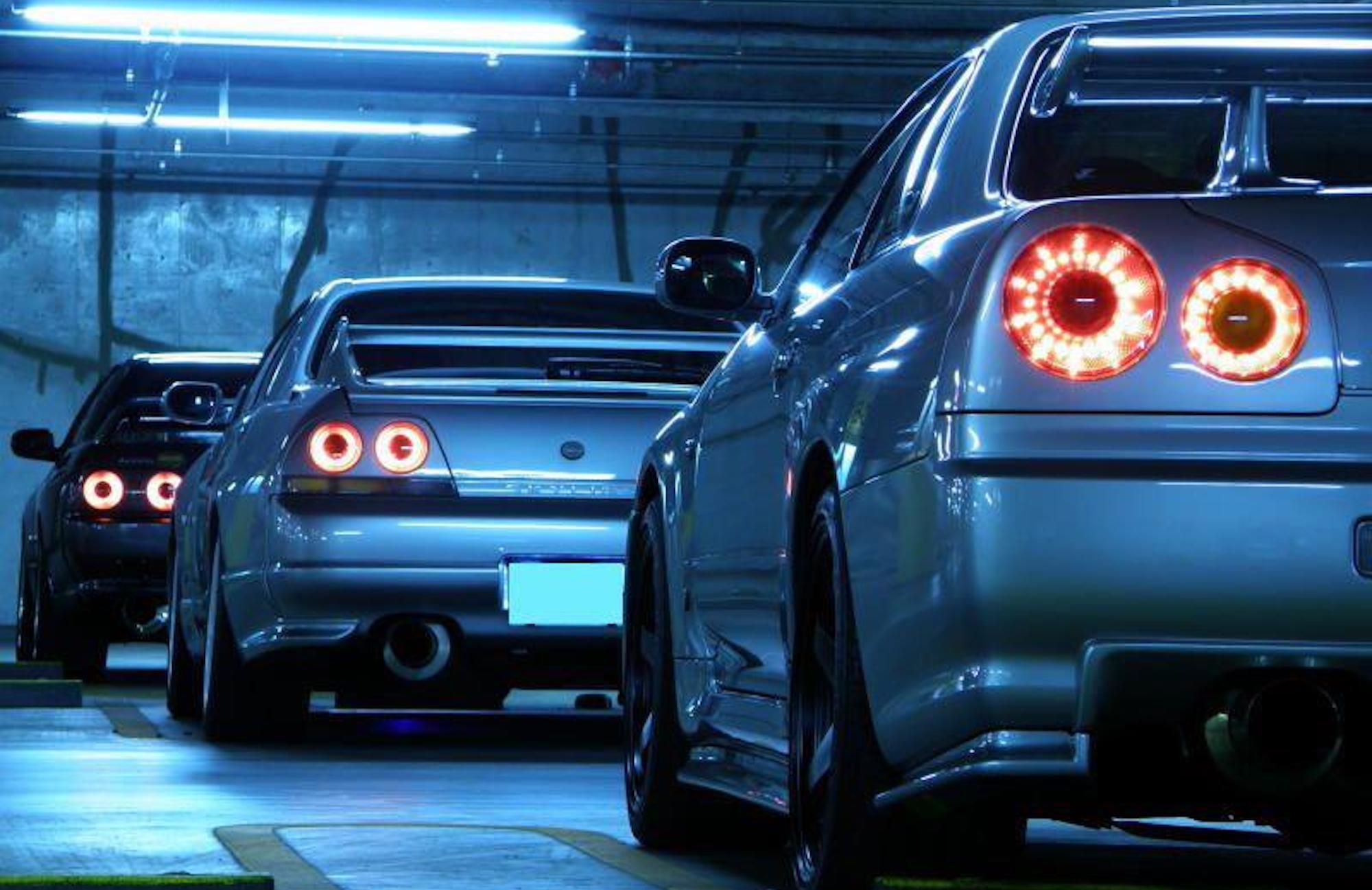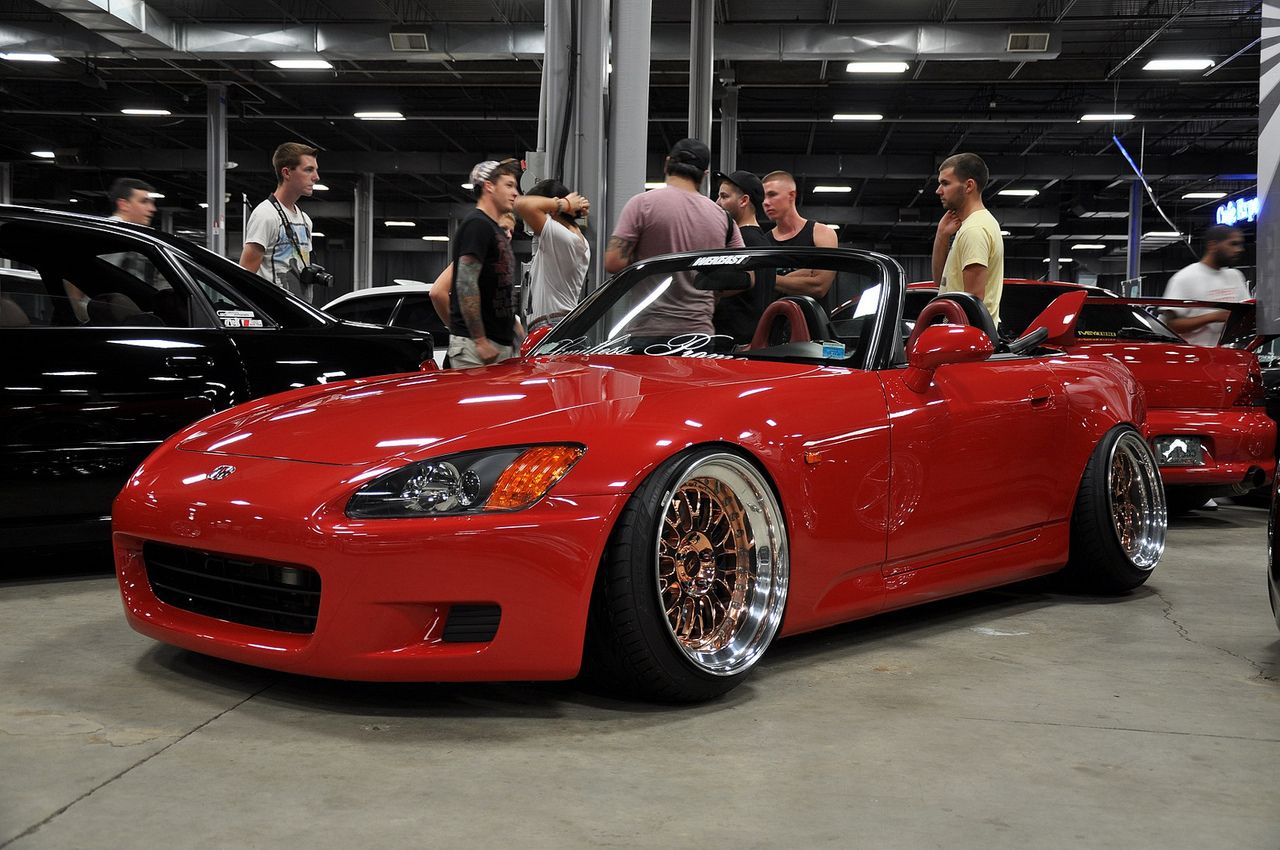No matter if you're an automotive guru or a novice enthusiast, you've definitely heard the term "JDM" at least once before. It stands for "Japanese Domestic Market" and refers to cars that were made by Japanese companies, obeying the country's regulations. Simple enough. But Japan is a country like any other, so what then makes these JDM cars so special and sought-after that a whole automotive subculture has arisen around them?
Updated February 2022: JDM cars remain extremely popular today, yet there are still some out there who aren't sure exactly what qualifies as a JDM. Even more, there are hardcore gearheads who don't realize what is and isn't a true JDM. We've updated this post with info regarding this important and burgeoning auto subculture to set the record straight.
Well, for decades now, Japanese cars have actually been a cornerstone of not only America's automotive market but the entire world's as well. However, Japanese imports in America really became central during the mid-1970s, which would eventually evolve into what we see before us now.
Shortly thereafter, drifting, tuning, and other forms of "outlandish" car modifications made their way over to America. Before we knew it, there was an entire culture surrounding imports from every country, especially Japan. The idea behind this JDM lifestyle was simple: get an authentic, Japanese-made sports car and import it into the United States.
It sounds pretty straightforward, but there's still a lot to the story, like what particular things set it off, why Japanese cars were great for this sort of lifestyle, and where the culture stands today.
Where The Obsession Over Japanese Cars Began
To best understand how Japanese automotive culture made its way to the states, we must first examine what everyone stateside is so obsessed over. During the 1980s, Japanese manufacturers started making superb sports cars. Examples include JDMs everyone should drive at least once, such as the Toyota AE86, original GT-R/Skylines, and more. Not long afterwards, motorsports such as drifting made their way into the spotlight in Asia.
Up until that point, Americans really only had muscle cars and expensive European exotics. These Japan-based sports cars, however, were the perfect mixture of both worlds: the affordability of an American car with the performance and pedigree of a European one. Eventually, those of us stateside caught on, resulting in the massive fanbase surrounding JDM cars (as well as Japan's automotive market overall) we see today.
What Is And Isn't A JDM Car
The idea behind JDM cars is not a unique one. In actuality, it's the backbone of global marketing: importing and exporting. Getting a brand-new Nissan R35 GT-R from a dealership in Ohio is NOT JDM. Purchasing a classic one from the factory and importing it to the United States, however, is. It's called "Japanese Domestic Market" for a reason.
Surprisingly, though, a lot of people still mistake any Japanese-built car as "JDM" when that couldn't be further from the truth. The process of getting an authentic JDM vehicle may not be unique, but the vehicles themselves certainly are. Honestly, some of the most badass tuners out there are pure JDM beasts.
You see, Japanese automakers purposefully made the engines of their cars sturdier and more easily upgradeable while keeping their out-of-the-factory numbers lower in order to not provoke unnecessary horsepower competition. Also known as the "gentleman's agreement," this pact prevented Japanese manufacturers to exceed the 276-horsepower mark up until 2005.
No car could be more easily and affordably tuned to produce ridiculous horsepower numbers (we're talking four digits here), while also boasting an excellent weight balance, than a Japanese sports car produced between the '80s and early 2000s. Unfortunately, though, no good thing is without its fair share of struggle. Before too long, the government stepped in.
25-Year Requirement For JDMs
As we teased earlier, getting an awesome JDM car to the States is no easy task, especially for those that do not meet the 25-year requirement. "What is the 25-year requirement?" you may be asking. Well, here's the gist: cars that are deemed "illegal" by the United States government are not allowed to be brought to the United States unless they are over 25-years old; meeting the qualifications for an "antique" car.
This does not apply to all Japanese cars (such as the new Nissan Z sports car), but rather those that don't conform to current automotive regulations, which are usually classic cars. In essence, this action restricts enthusiasts in the United States who want a true JDM experience. That is, until it hits the 25-year limit.
A few recent examples of now-legal vehicles include the 1993-95 Toyota Supra, Nissan R32 GT-R, and many more. Sadly, we'll have to wait a bit longer before some of the later models become of age (unless the law changes).
A New Era For JDMs
Today, the JDM category is much different than what it was several decades ago. In the early 2000s, the cars often had underglow, unusual body kits, and questionable exterior mods. Thankfully, though, that faded away and was replaced with a new era of JDM.
The popular groups include stancing, drifting, tuning, show-cars (like JDMs seen at SEMA), and outright race cars. Regardless of your choice, you'll find a vibrant and welcoming community of individuals who share their collective love of JDM cars.





